Since the initial information was posted on social media, the Tesla community has discussed the Hardware 4 FSD computer and the associated sensor suite. That is how we learned that Tesla is getting ready to install a radar sensor in order to undo an earlier decision. New, higher-resolution cameras were also tested on prototypes found in the wild.
Yet the new hardware package’s specifics are mainly a secret, and most of what we knew was speculation.
We now know much more about the new hardware improvements that will start appearing in Tesla vehicles this year thanks to Tesla hacker Green. We’re not surprised to learn that Green’s teardown is based on a Model X computer, as a recent type approval in Europe indicated that the HW4 computer would initially appear on the Tesla Model S/X.
His work also makes us suspect that the new cameras were hidden beneath the sheathing of the earlier discovered Model 3 prototypes.
The new computer has a different physical factor. Thus retrofits are not possible, as Green’s teardown first uncovers. At the Q4 2022 earnings call, Elon Musk confirmed this, although he also said there is no need for a retrofit because the HW3 will continue to provide the same features.
The new hardware adds functionality that cannot be replicated on the older hardware, as this teardown reveals. Thus this is not the case.
The HW4 has been simplified compared to the current models, and the infotainment GPU now shares a board with the FSD chips, doing away with the daughterboard of the HW3. This results in a thinner overall unit. The same AMD CPU and GPU are still used in the HW4, with 256 GB of NVMe storage and 16 GB of RAM. Nonetheless, it is easier to see the changes in the FSD section.
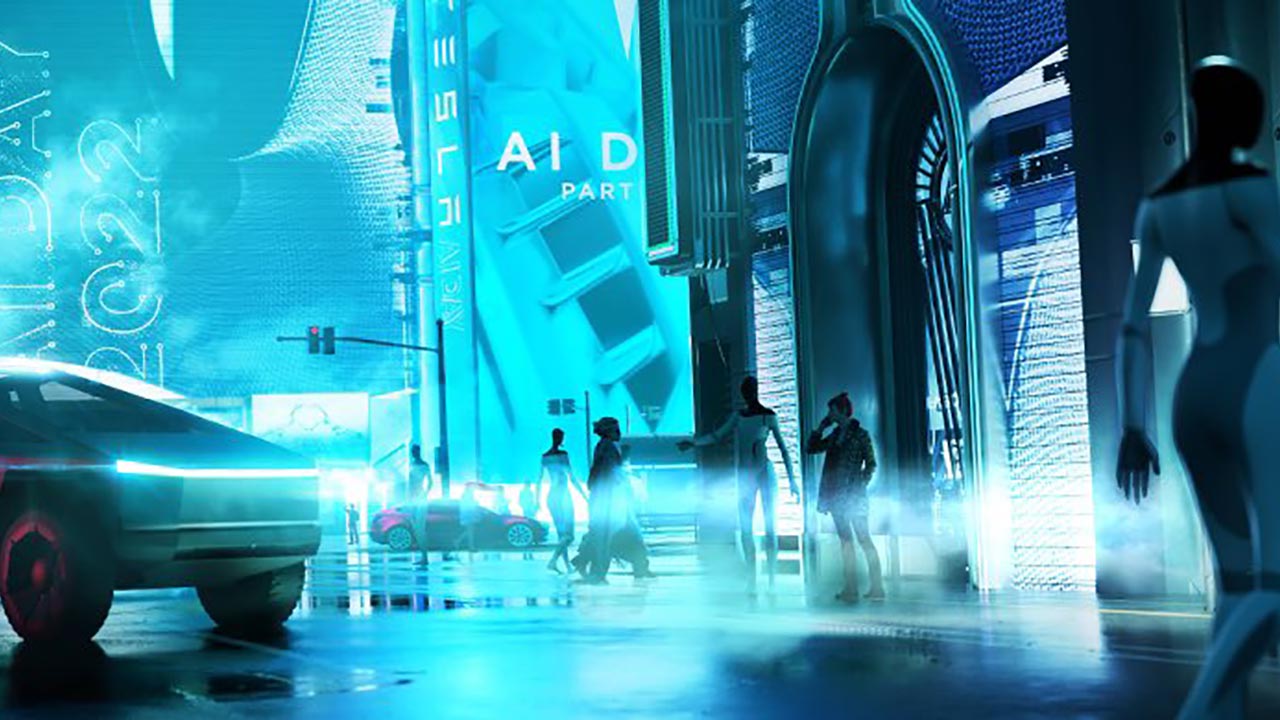
Read Also: Tesla Semi Trucks Roll Out, Everything You Need to Know About Tesla Semi
Tesla Hardware 4 comes with more cameras, HD radar
Although continuing to use an Exynos-based chipset, Tesla increased the number of CPU cores from 12 to 20. (five clusters of four cores each). TRIP core counts went from two to three, and operating speeds increased.
The Tesla FSD computer still employs two FSD SoCs per board. Tesla strives for redundancy, yet there is still room for improvement. According to Green, the board has twin network links and symmetrical power connections. Nevertheless, if you turn off the A side, the network switch is killed, and the link is broken.
The modifications in the sensor section are also made known by the FSD computer. One of the 12 camera connectors is designated as a spare. Hence, the new sensor suite has 11 cameras, including the amusingly called “selfie” cabin camera. The markings show that the vehicles would have three more front-facing cameras.
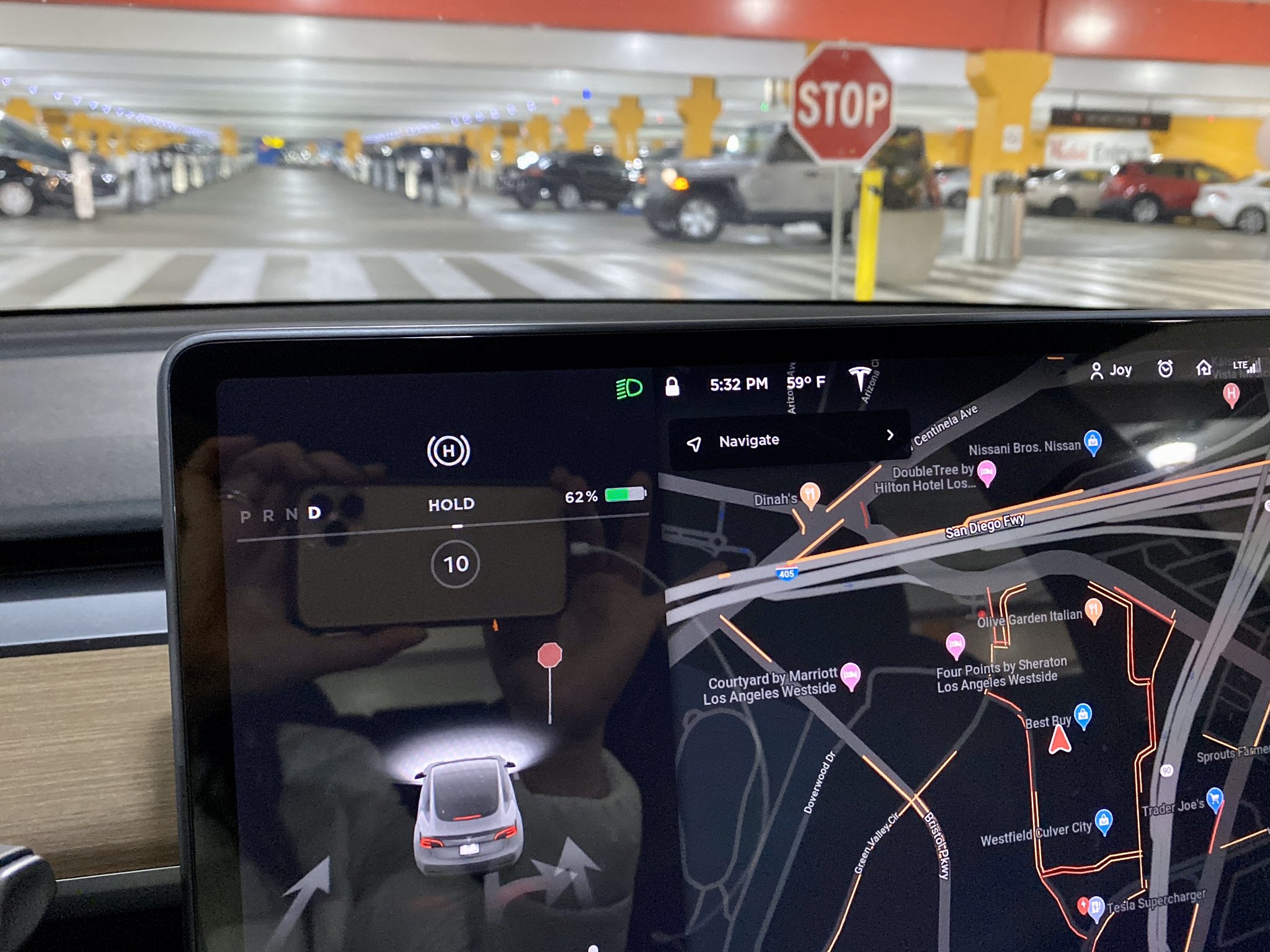
According to recent information, these could be included in the bumper, fog lights, or headlights. The new setup aims to provide the same functionality as the ultrasonic sensors (USS) while removing the car’s front blind area. It also explains the camouflage on the earlier revealed Model 3 prototypes. Most importantly, it informs those who have HW 3 but lack USS that their situation is hopeless.
A tri-band GPS module is also part of the new Hardware 4 sensor suite, which can offer more precise positioning in environmental features. Then there is the previously speculated Phoenix radar, which Green discovered via the software properties. It even has a radar heater.
These two sensor package additions are the most significant variations from the present HW3. It’s unclear how the FSD software would use the new sensors, but it will be significant.
Although none of the vehicles have yet been exported, the new hardware is already in place in those on the Fremont assembly line. Tesla most likely won’t make a formal announcement until Investor Day on March 1. Our confidence that the Model Y and Model 3 arriving from China will also include the new HW4 computer stems from Giga Shanghai’s ongoing production turnaround.
FAQ’s
Tesla’s Hardware 4 FSD (Full Self-Driving) Computer is a computer designed by Tesla for autonomous driving in its electric vehicles. It uses artificial intelligence and machine learning algorithms to process data from various sensors and make decisions on how to control the car.
The Tesla’s Hardware 4 FSD Computer teardown was performed by the reverse engineering firm “ChipMonk”.
Tesla’s Hardware 4 FSD Computer is designed to improve the performance of the Autopilot system, making it more reliable and accurate. The improved computing power also enables Tesla to introduce new features to its Autopilot system, such as fully autonomous driving.
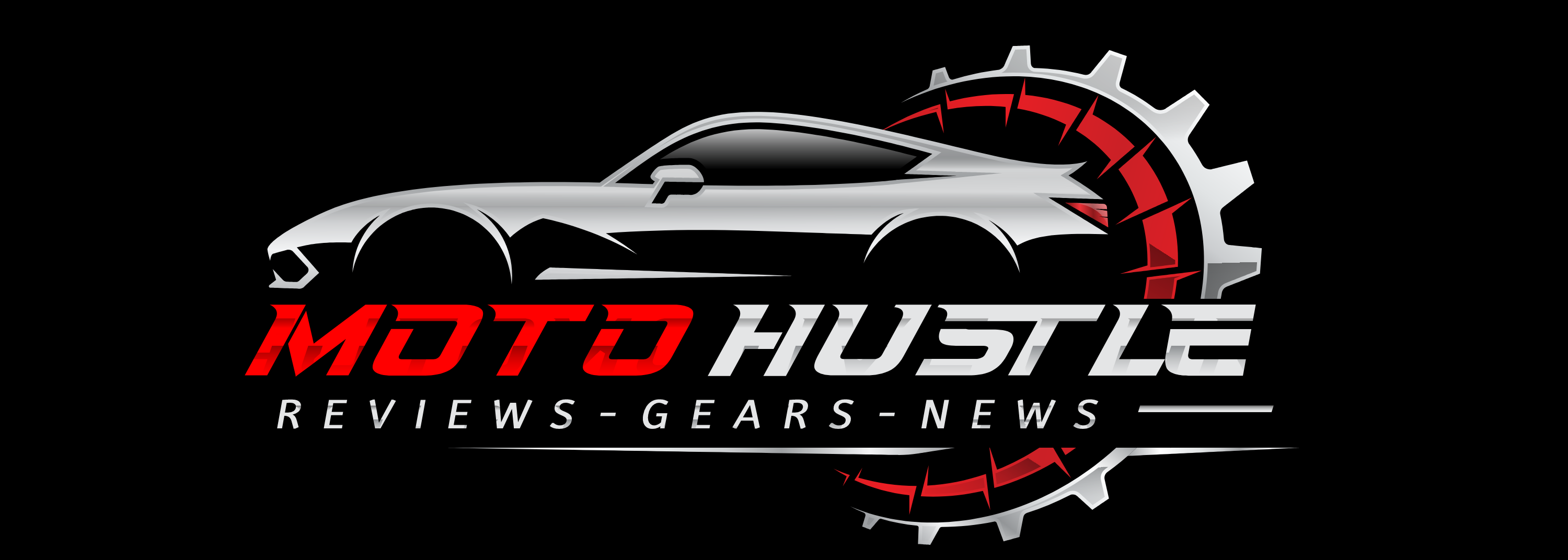
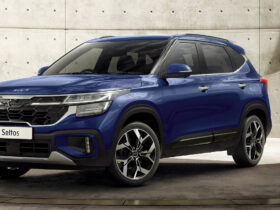
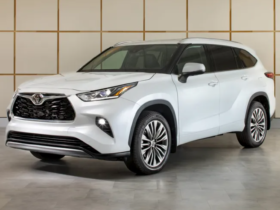



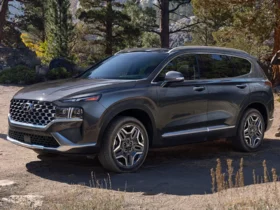


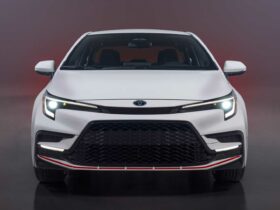
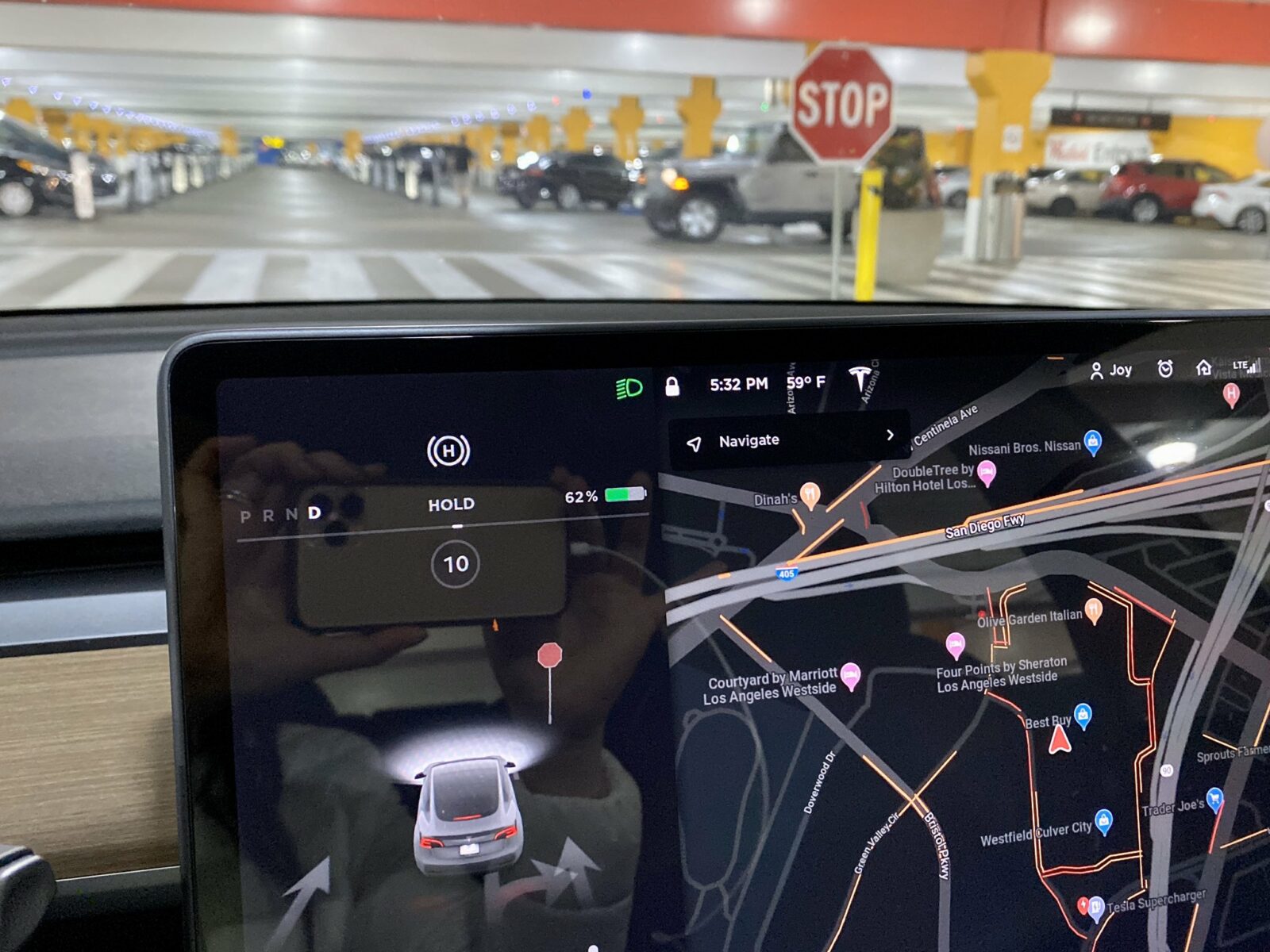

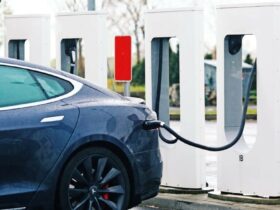

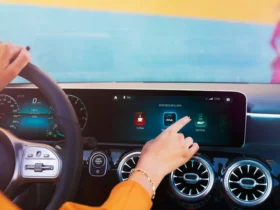

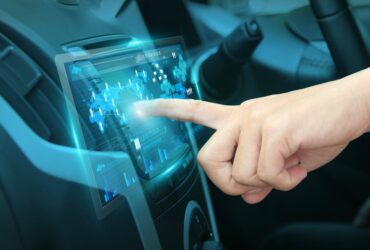
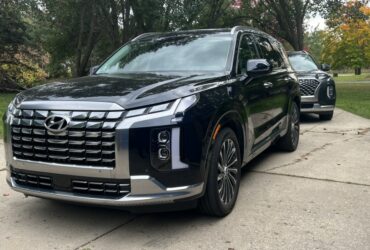
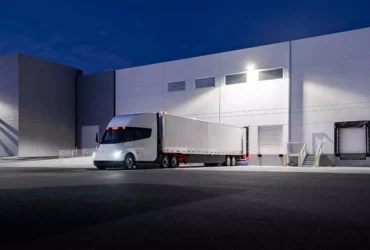
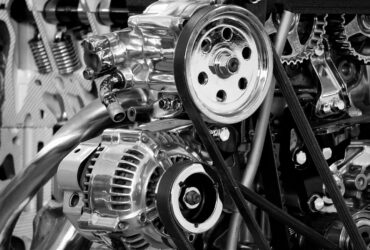
Leave a Reply